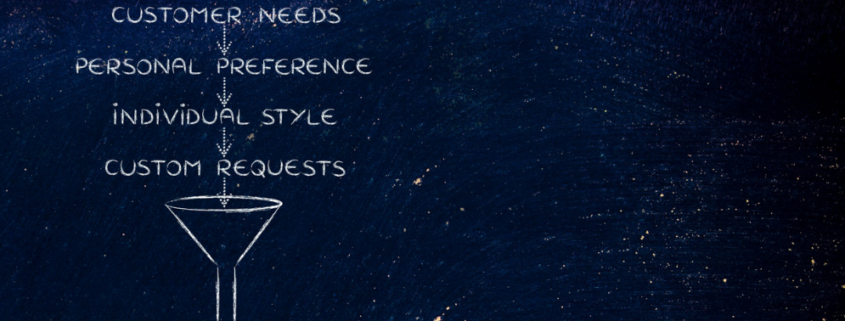2019 Marketing Trends: Personalization
At their core, personalization and customization mean taking any data you have on customers and combining it with whatever business assets you’re promoting to create a message for a hyper-specific segment. For example, not simply targeting women with children aged 7-10, but targeting working women with school-aged children in a major metro area with an interest in running their household from their phone.
Companies are getting smarter by using better personalization and customization in their marketing campaigns – whether it’s through email marketing or by utilizing purchase history to target customers with brands and products they may be interested in based on past purchases or search history. While seemingly a little “big brother” to many, research shows that consumers actually prefer personalized content. Surveys show that email recipients want emails from brands to be personalized. 53% said they’d be interested in price drops for products they’ve browsed in the past, and 34% said brands and products that align with their personal style and preferences would be major motivators in interacting further with a retailer.
The business case for personalization is undeniable. Of those marketers worldwide who responded, 63% cited an increase in conversions as the main benefit of personalizing marketing tactics. And the most effective personalization tactic according to surveyed marketing executives was dynamic content in email marketing.

And as for “big brother,” the news isn’t too grim. 48% of consumer respondents surveyed said it was generally acceptable to them for companies to use their purchase history for shopping recommendations, so long as they had the ability to opt out.
Looking for more on marketing trends? Download our FREE eBook for a snapshot of what’s trending in marketing for 2019, entry points for innovation, and tactics to consider as part of your overall marketing mix.












